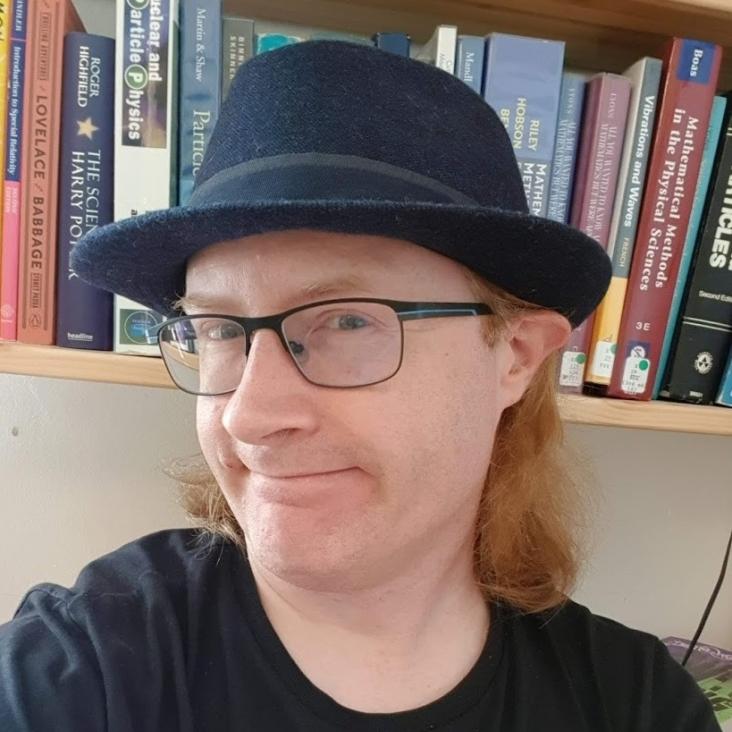Direct dark matter search with CRESST and EURECA
Progress in Particle and Nuclear Physics 64:2 (2010) 457-459
Abstract:
The current status of the direct Dark Matter experiments CRESST (Cryogenic Rare Event Search with Superconducting Thermometers) and the planned EURECA (European Underground Rare Event Calorimeter Array) is presented. Both experiments are aimed at the direct detection of WIMPs (Weakly Interacting Massive Particles), potential candidates for the Dark Matter in the universe. New design developments of the cryogenic detectors operated at mK temperatures are investigated to optimize detector performance and to simplify mass production. Thus, CRESST is also providing a basis for the EURECA project, aimed at a ton of cryogenic detectors with a multi-material target. © 2010 Elsevier B.V. All rights reserved.Discrimination of recoil backgrounds in scintillating calorimeters
Astroparticle Physics 33:1 (2010) 60-64
Abstract:
The alpha decay of 210Po is a dangerous background to rare event searches. Here, we describe observations related to this alpha decay in the Cryogenic Rare Event Search with Superconducting Thermometers (CRESST). We find that lead nuclei show a scintillation light yield in our CaWO4 crystals of 0.0142 ± 0.0013 relative to electrons of the same energy. We describe a way to discriminate this source of nuclear recoil background by means of a scintillating foil, and demonstrate its effectiveness. This leads to an observable difference in the pulse shape of the light detector, which can be used to tag these events. Differences in pulse shape of the phonon detector between lead and electron recoils are also extracted, opening the window to future additional background suppression techniques based on pulse shape discrimination in such experiments. © 2009 Elsevier B.V.CryoEDM: A cryogenic experiment to measure the neutron electric dipole moment
Journal of Physics: Conference Series 251:1 (2010)
Abstract:
We have constructed an instrument, CryoEDM, to measure the neutron electric dipole moment to a precision of 10-28 e cm at the Institut Laue-Langevin. The main characteristic is that it is operating entirely in a cryogenic environment, at temperatures of 0.7 K within superfluid helium. Ultracold neutrons are produced in a superthermal source and stored within the superfluid in a storage cell which is held in a magnetic and electric field. NMR measurements are carried out to look for any shifts in the neutron Larmor precession frequency associated with the electric field and the neutrons are detected in-situ in the superfluid. Low temperature SQUID magnetometry is used to monitor the magnetic field. We report on the current status of the project that is now being commissioned and give an outlook on the future exploitation of the instrument. © 2010 IOP Publishing Ltd.Electron and gamma background in CRESST detectors
Astroparticle Physics 32:6 (2010) 318-324
Abstract:
The CRESST experiment monitors 300 g CaWO4 crystals as targets for particle interactions in an ultra low background environment. In this paper, we analyze the background spectra that are recorded by three detectors over many weeks of data taking. Understanding these spectra is mandatory if one wants to further reduce the background level, and allows us to cross-check the calibration of the detectors. We identify a variety of sources, such as intrinsic contaminations due to primordial radioisotopes and cosmogenic activation of the target material. In particular, we detect a 3.6 keV X-ray line from the decay of 41Ca with an activity of (26 ± 4) μ Bq, corresponding to a ratio 41 Ca / 40 Ca = (2.2 ± 0.3) × 10- 16. © 2009 Elsevier B.V. All rights reserved.Composite CaWO4 Detectors for the CRESST‐II Experiment
AIP Conference Proceedings AIP Publishing 1185:1 (2009) 651-654


